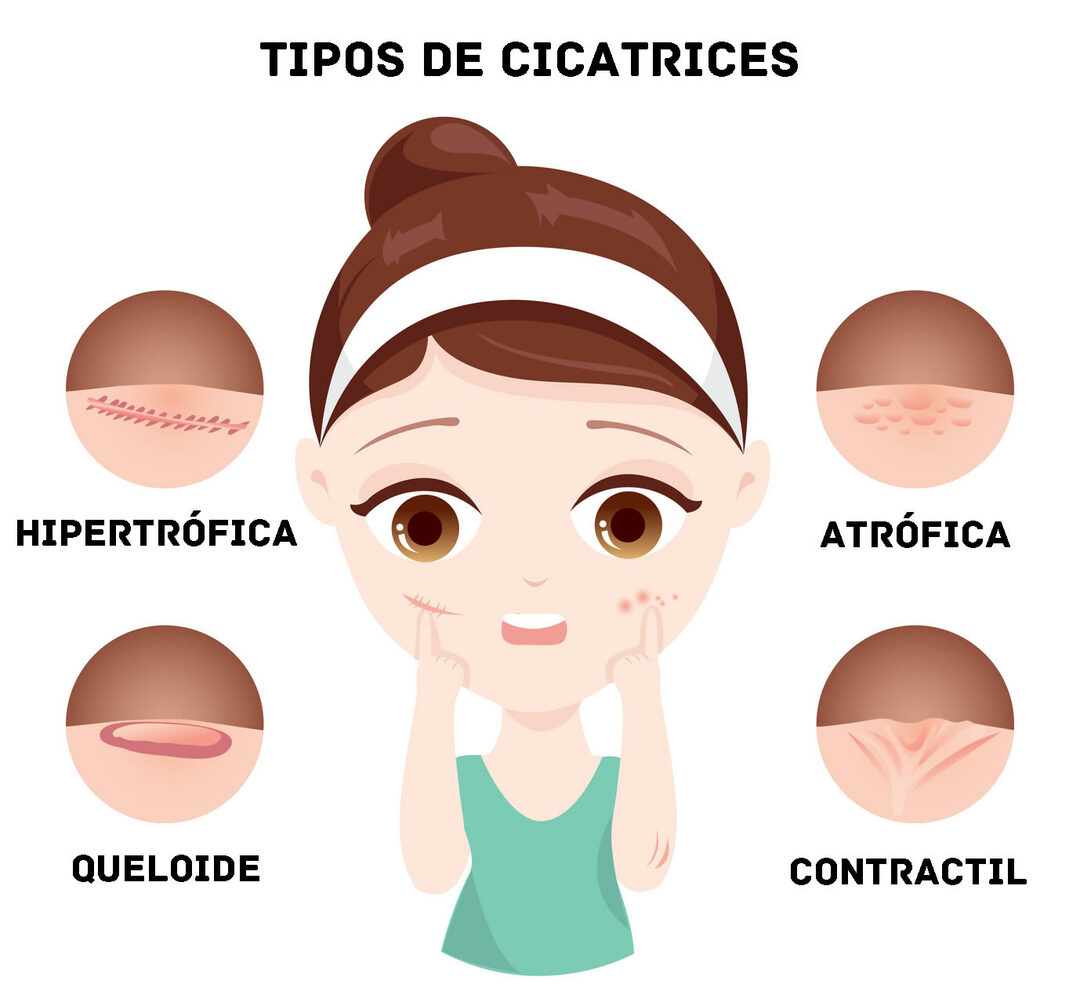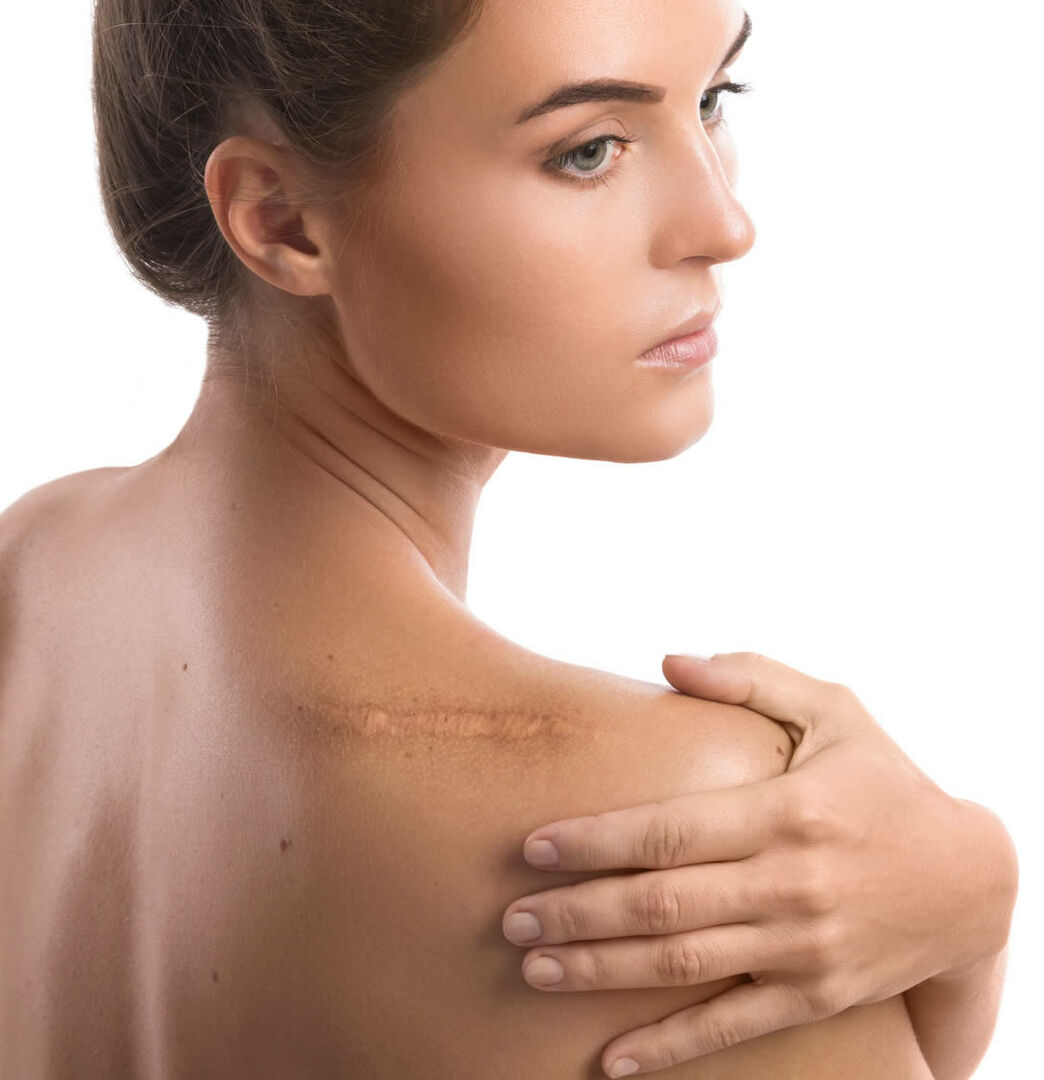Atrophic, Hypertrophic and Keloid Scar
Miscellanea / / July 04, 2021
By Dra. Maria de Andrade, CMDF 21528, MSDS 55658., on Oct. 2018
 Healing is a process essential for wound closure. For years this has been an issue of great importance for surgeons since many times, and despite proper care is taken, wounds may acquire a raised or sunken appearance that makes them more visible.
Healing is a process essential for wound closure. For years this has been an issue of great importance for surgeons since many times, and despite proper care is taken, wounds may acquire a raised or sunken appearance that makes them more visible.
These variants in wound repair are related to failure of production of collagen. This protein is one of the main components of the skin and is produced by cells called fibroblasts during repair processes.
Atrophic scar
It corresponds to the development of scarce scar tissue that leads to the wound having a sunken appearance in relation to the surrounding skin. Raised scars can become atrophic as a result of steroid treatment to improve their cosmetic appearance.
Hypertrophic scar
It consists of a raised scar, usually darker in tone than the local skin or reddish in color, which is also accompanied by itching.
In this type of lesion, the proliferation of the tissue goes beyond the surface of the skin. Its appearance is related to
factors as the tension over the wound and begins to manifest itself from the early stages of injury repair.Keloid
They are raised scars with reddish or purple color due to an excess in the training of new fibers. These injuries are not related to factors such as stress on the wounds and can appear even several months after the injury occurred.
The difference between a hypertrophic scar and a keloid is that the latter goes beyond the limits of the wound, being able to spread to the surrounding healthy skin. When located near the joints, fibrosis of the skin can cause limitation to carry out joint movements.
Risk factors for developing raised scars
Several studies have confirmed that these lesions are more common in dark-skinned populations, such as Afro-descendant Africans and Latinos. These populations have up to 20 times more risk to develop abnormal wound healing.
Other risk factors include being under 30 years old, having a history of a tendency to develop these injuries among their relatives or that the injuries are located at the level of the ears, shoulders and in the chest.
Treatment of scars
 Hypertrophic scars and keloids can improve with various interventions, among which are:
Hypertrophic scars and keloids can improve with various interventions, among which are:
- App local pressure
- Avoid rubbing by covering them with silicone bands
- Local injections into the scar with steroids
- Application of laser beams
- Resection with surgery.
Surgery is helpful in removing hypertrophic scars. In the case of keloids, the risk of them reappearing after resection can reach 100%, so this method it is not used, preferring the use of local therapies already described or more aggressive treatments such as radiotherapy or the application of drugs with a toxic effect on cells, such as those used in chemotherapy, within the injury.
Photos: Fotolia - Arterich / Blackday
Topics in Atrophic, Hypertrophic and Keloid Scar